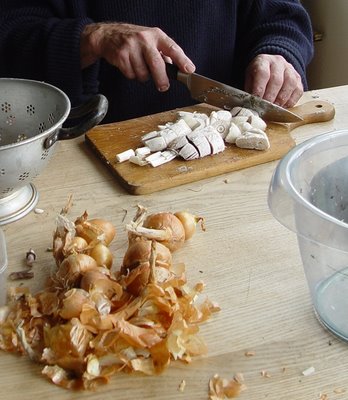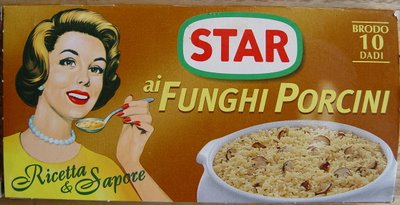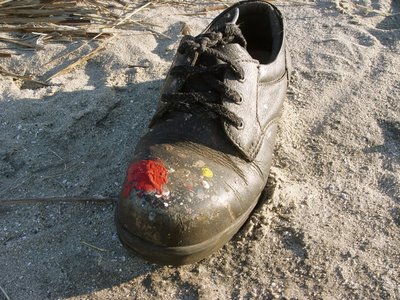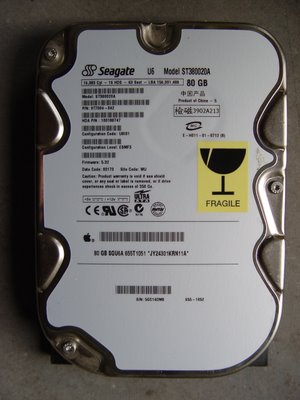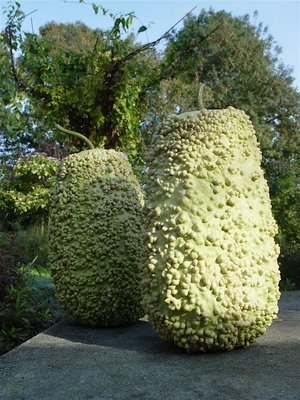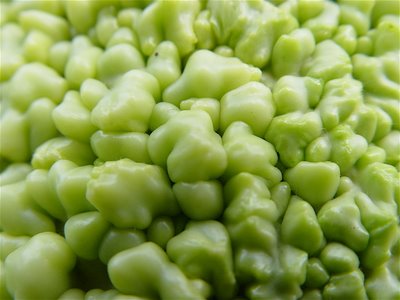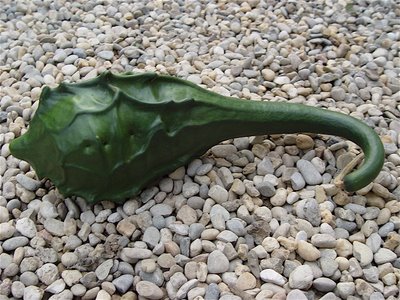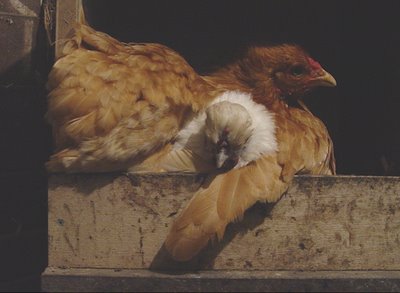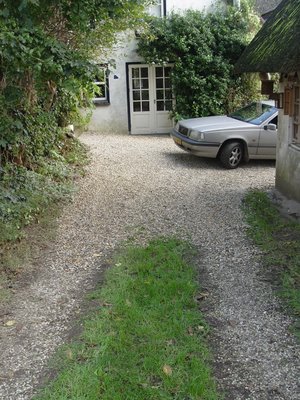Een paar jaar hebben wij te vergeefs gezocht naar eekhoorntjesbrood en andere eetbare boleten. Eergisteren hebben we een plek ontdekt waar wij ruim 600 gr goed uitziende exemplaren vonden. Een strook bos in de buurt van Esch. (!) Ze waren moeilijk te vinden tussen het herfstblad.
The last few years we went looking for boletus and other edible mushrooms with little or no success. Yesterday we discovered a spot where there were about 600 grammes of good looking specimens to be found.


Vele soorten boleten verkleuren na aanraking snel, zeker de Kastanjeboleet. Als zo'n paddestoel nog in de grond staat is het moeilijk te zien of hij aangetast is. Pas als je hem losgesneden hebt is zichtbaar aan het steeltje of er 'gaatjes' in zitten. Als je geluk hebt zitten die gaatjes, dus wormpjes alleen in de steel. Wij hadden deze keer bijzonder veel pech. Hoewel puntgaaf aan de buitenkant, bleek het grootste deel (A) geheel - dus ook de hoed - aangetast, d.w.z. veelvuldig doorboord en her en der ook lelijk verkleurd. Uiteindelijk bleek slechts een zeer klein aantal bruikbaar (B). En dit terwijl in de beschrijving staat dat juist dit soort doorgaans vrij is van ongedierte. Zelfs kleine, mooie en gave boleetjes bleken al aangetast te zijn. Heel jammer omdat drogen van zo'n kleine portie niet echt zinvol is. Deze liggen nu in de diepvries, kijken of dat goed gaat.
Many types of boletus - and this goes for the Bay boletus - discolour immediately on touch. With this mushroom, it's hard to see whether or not it's in perfect shape while it's still in the ground. When you cut it, tiny 'holes' in the stem betray the prescence of insect life. If you're lucky, these small holes (which mean worms) are only in the stem. This time we had exceptional bad luck. Although on the outside they appeared to be in mint condition, as far as the largest part of the crop went ( A) the cap, i.e. the whole mushroom, turned out to be riddled with holes and mottled. In the end, only a very small portion proved to be edible (B). Even the young, delicate and perfect looking examples were affected. A great pity, because it isn't worth drying such a small quantity. These are now in the freezer; we'll see how that goes.
Many types of boletus - and this goes for the Bay boletus - discolour immediately on touch. With this mushroom, it's hard to see whether or not it's in perfect shape while it's still in the ground. When you cut it, tiny 'holes' in the stem betray the prescence of insect life. If you're lucky, these small holes (which mean worms) are only in the stem. This time we had exceptional bad luck. Although on the outside they appeared to be in mint condition, as far as the largest part of the crop went ( A) the cap, i.e. the whole mushroom, turned out to be riddled with holes and mottled. In the end, only a very small portion proved to be edible (B). Even the young, delicate and perfect looking examples were affected. A great pity, because it isn't worth drying such a small quantity. These are now in the freezer; we'll see how that goes.







